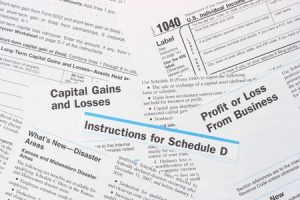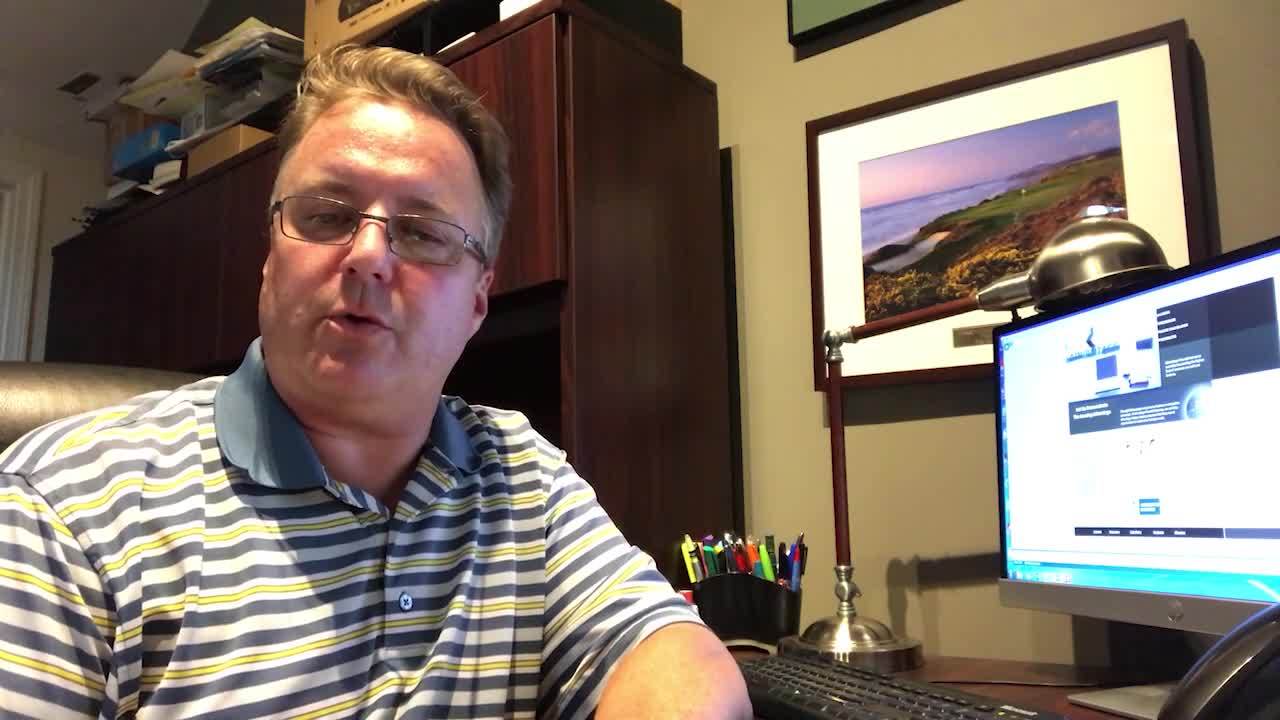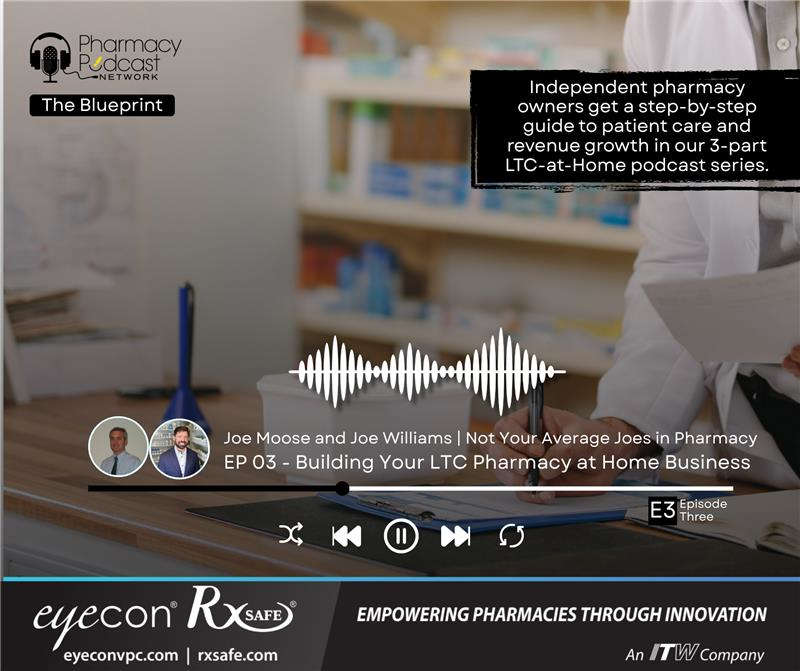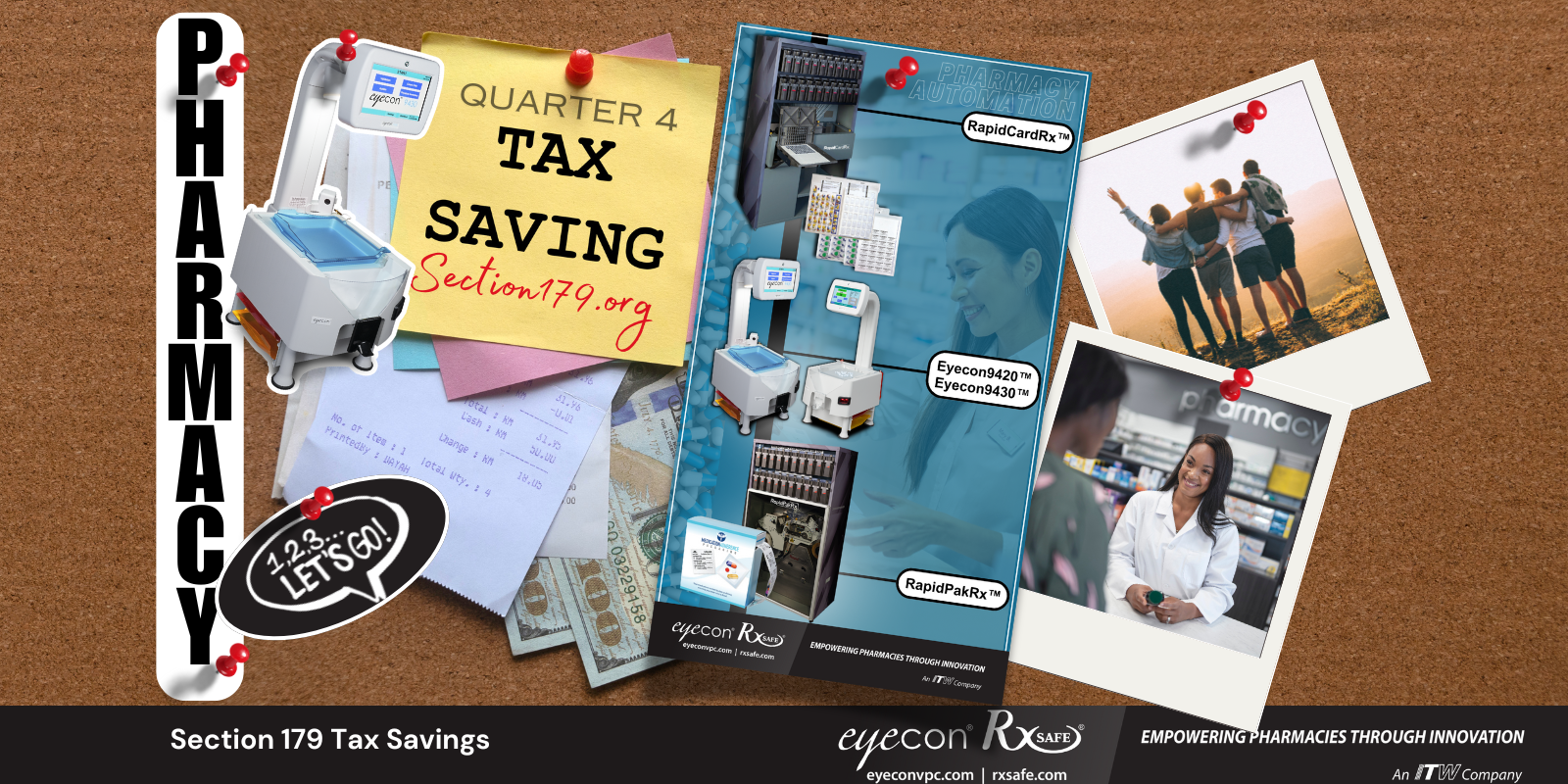As the CEO of RxSafe, Bill Holmes answers a lot of questions about his product, what it can do, and what it costs. When he tells potential customers that the RxSafe is “free,” it always gets a laugh.
But he’s serious. 
In fact, a federal tax code, which was made permanent by Congress last year, can help cover 100% of the cost of an RxSafe system.
Too good to be true?
Well, don’t take Bill’s word for it.
We’ve got pharmacy expert Peter Davison on video, explaining how it works. Pete and his team at Advantage Financial Services have been working with RxSafe and independent pharmacy owners since 2012. His company specializes in providing lease and financing solutions to help pharmacies get the technology they need.

As Peter explains in the video above, the key to saving on taxes when installing an RxSafe is IRS Section 179.
IRS Section 179 allows business to take accelerated depreciation on capital equipment, up to $500,000 per year. The initial (year-1) savings on installing an RxSafe system can be significant. For example, depending on whether they lease or purchase equipment, our customers have reported cash savings ranging from $37,000 to $127,000 in their first tax year.
“Potentially if you're investing in an RxSafe... and you're in a tax bracket of 20% to 35%, that 20% to 35% can come right off of your taxes in April as an accelerated depreciation benefit,” Peter says. “Additionally, that may impact you on your quarterly estimates for the following year. For example, if you do just some simple math on a two-tower RxSafe system, at a 25% tax bracket, $200,000 in expenses would equate back to approximately $50,000 in tax savings come April. That's significant cash flow.”
Peter reminds viewers that those savings are tied to the amount of income you have, so you'll want to talk to your CPA to make sure you're getting the best advice.
The tax savings don’t end in the first year, however. Combining continued tax savings, along with the ROI savings from pharmacy automation, RxSafe customers report 6-year savings ranging from $368,000 to $382,000 -- that’s up to three times the original cost of the equipment! Lease or purchase, any way you slice it, RxSafe can put cash back into your pharmacy’s register.
“If you’re using an equipment lease or financing agreement, you may actually be cash-flow positive just from that experience itself,” Peter explains. “I'll give you an example: a $200,000 investment on a capital lease with a 7-year term is approximately a $3,000 per month payment. On a five-year term, that payment might be somewhere in the neighborhood of $4,000 per month. If you just do some simple math and take $4,000 times 12 months, that's $48,000. On a tax savings of $50,000, that could be positive income, not to mention all of the other benefits you get from having the RxSafe.”
The next step, Peter says, is to determine what technology is right for you, and to talk to your accountant. Balance the two (technology investment and tax situation) and see if investing in an RxSafe system makes sense for you and your business, both from a productivity standpoint and from a bottom-line standpoint as you plan your income taxes and your income strategies for the end of the year.
Interested in learning more? Call RxSafe at 877-797-2332 and we’ll help you determine whether our pharmacy automation technology is a fit for your situation.
Want to read a full transcript of the video? See below.
Hi, this is Pete Davison with Advantage Financial.
We're here to talk to you today a little bit at the request of RxSafe about Section 179 and some of the things that we get asked this time of year. AFS has been helping RxSafe since 2012 in the independent pharmacy marketplace. We put together a whole lot of lease and financing solutions to help their pharmacies get the technology they need.
Section 179 is part of the IRS tax code that talks about accelerated depreciation. It is available for just about any type of for-profit business. Typically the limits are up to about $500,000 this year in accelerated Capital Equipment and software depreciation limits.
Usually those are limited to the amount of income that you have, so you may need to talk to your own accountant to make sure you're getting the best advice.
But specifically with RxSafe, some of the things that we've heard both from RxSafe and from some of our customers is that the initial savings can potentially be very significant. RxSafe has done a calculation that shows approximately $153,000 in potential savings over the first 12 months.
Where is that coming from? Less fill, potentially $25k to $35k they are talking about; less put away labor, the time that you can save putting away inventory, some $3,000 to $5,000; no searching for lost items because everything is right there at your fingertips, perhaps another $5,000; no loss due to theft or diversion. You can talk to RxSafe and their representatives about some of the experiences some other Independent Pharmacies have had about diversion and loss and theft.
When it comes to floor space, you can certainly pick up some additional floor space because the RxSafe is going to put the inventory into a smaller footprint. And potentially you’ll have a significant potential savings if you use the management tools and work on your inventory.
So how does the Section 179 come in to that affect? Potentially if you're investing in an RxSafe at $116,000 to $204,000, somewhat in that neighborhood, and you're in a tax bracket of 20 to 35%, that 20 to 35% can come right off your taxes in April as an accelerated depreciation benefit. Additionally that may impact you on your quarterly estimates for the following year. If you take just some simple math on a 2-Tower RxSafe system at a 25% tax bracket, $200,000 in expense would equate back out to approximately $50,000 in tax savings come April. That’s significant cash flow.
What’s nice about that is, if you’re using an equipment lease or financing agreement, you may actually be cash flow positive just from that experience itself.
I'll give you an example: a $200,000 investment on a capital lease on a seven-year term is approximately $15 per thousand, or approximately $3,000 a month, plus or minus. On a five-year term it might be more like $20 a thousand, or somewhere in the neighborhood of $4,000 a month. If you just do some simple math and take $4,000 times 12 months, that's $48,000 on a tax savings of $50,000. That could be positive income, not to mention all the benefits you’d get from the RxSafe.
So, what are we recommending? Talk to your accountant! Find out what technology is right for you. Balance the two up and see if investing in an RxSafe or other technology this year would benefit you, both from a productivity standpoint and from a bottom-line standpoint as you plan your taxes and your income strategies for the end of the year.


.png)





